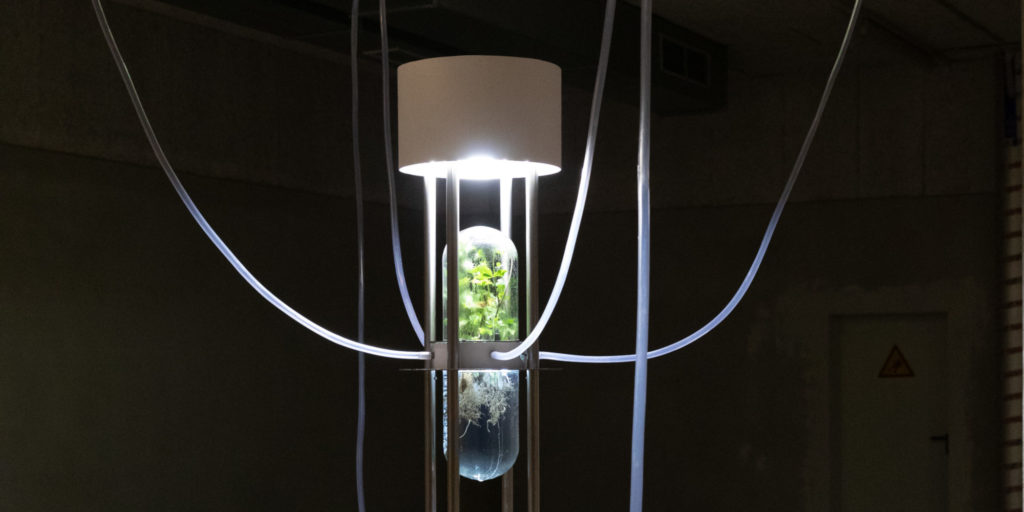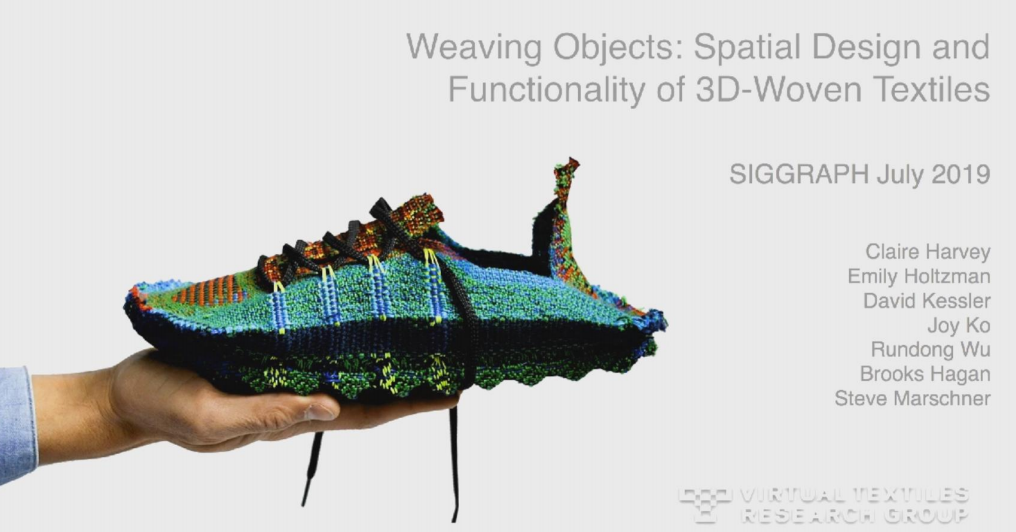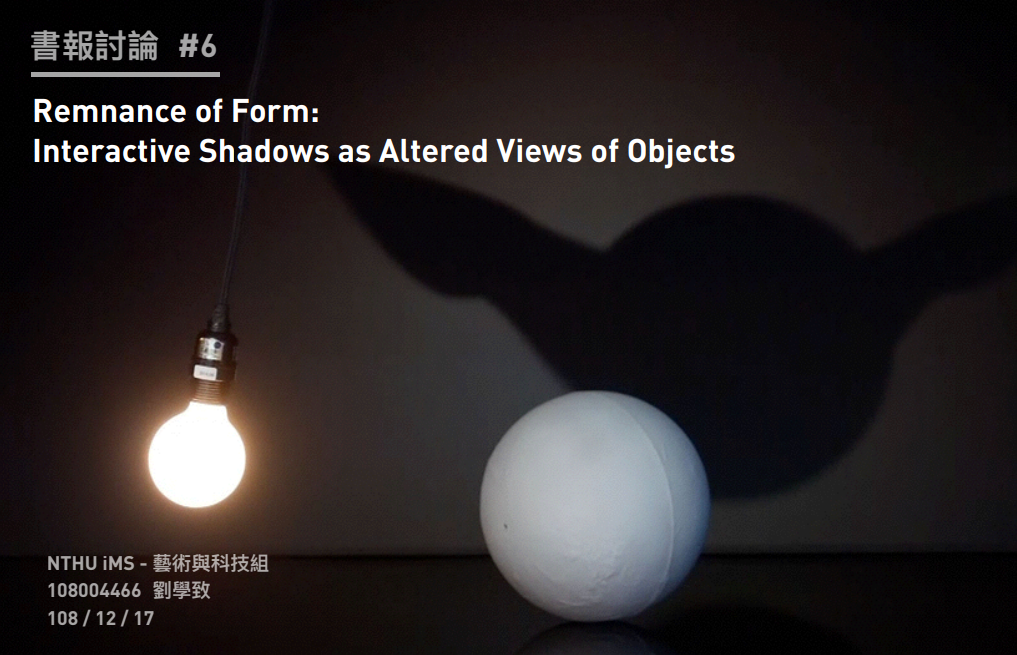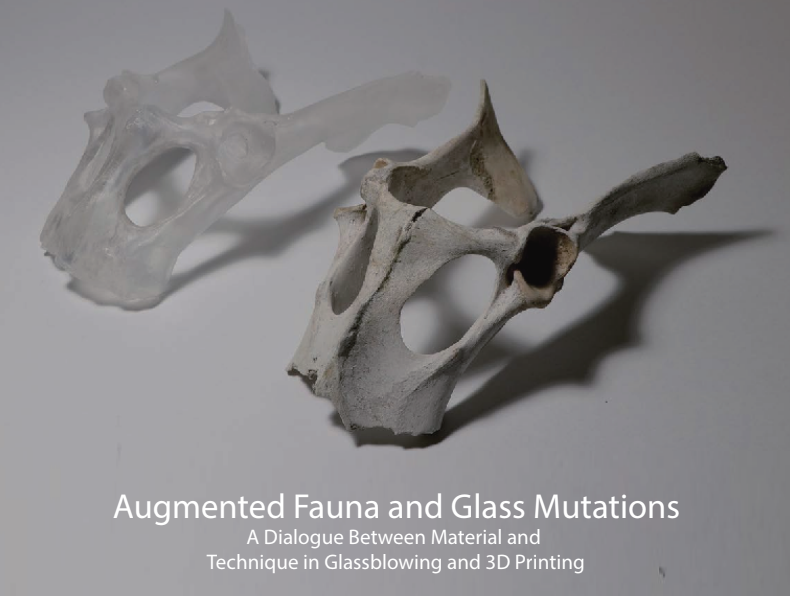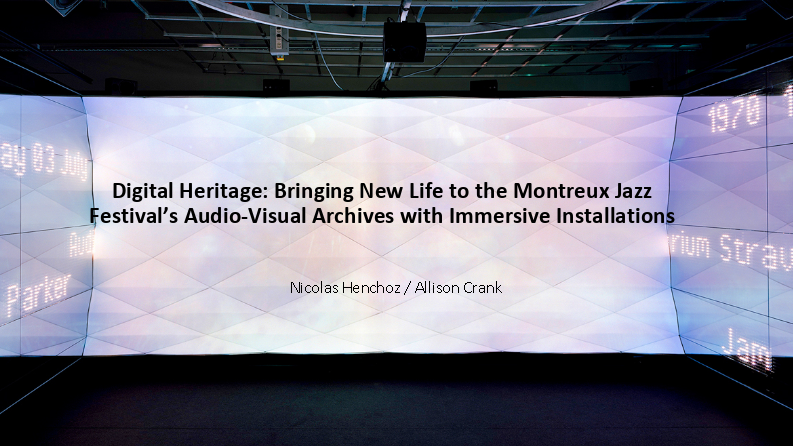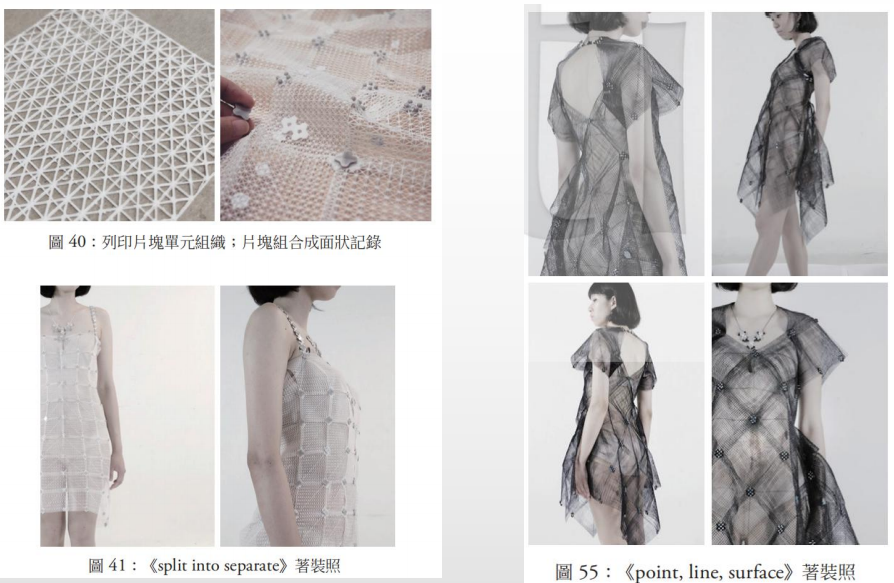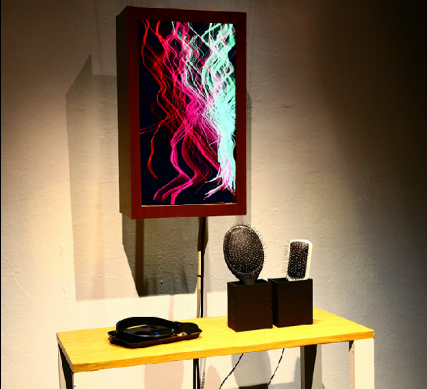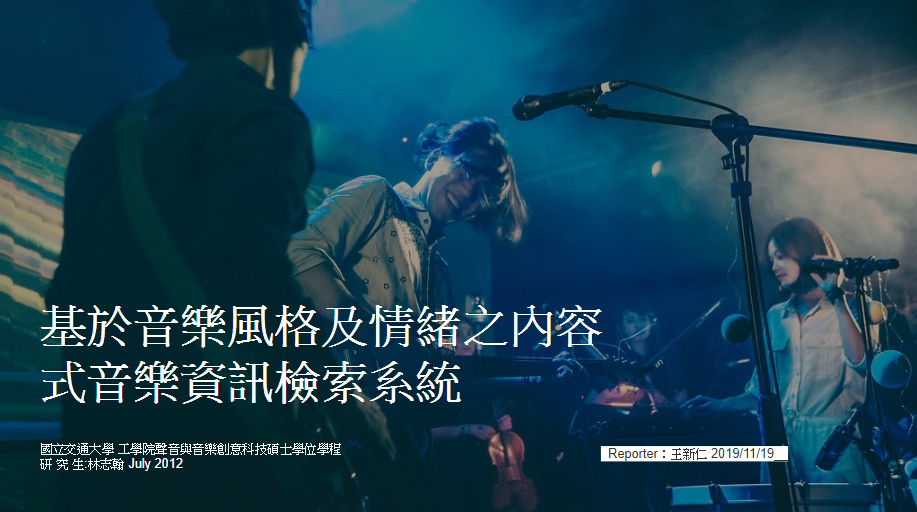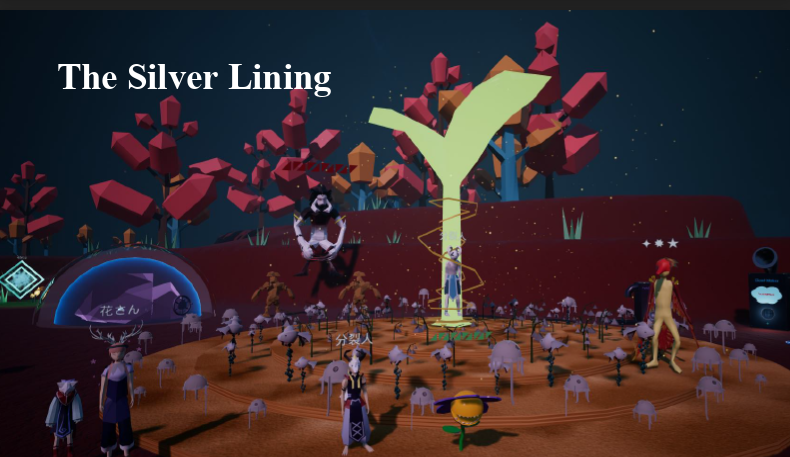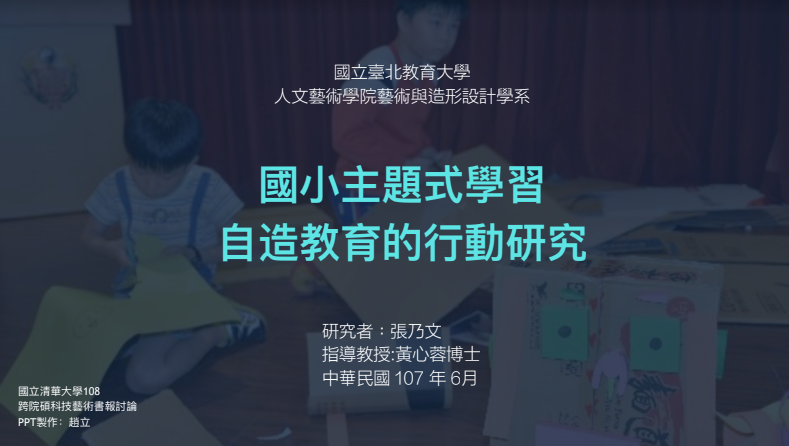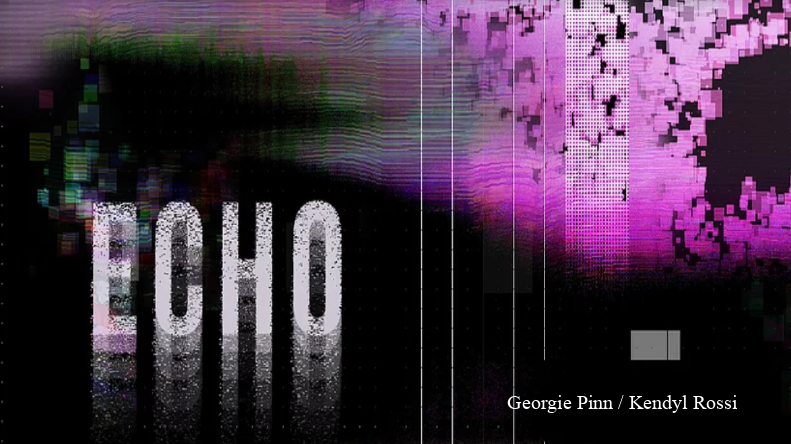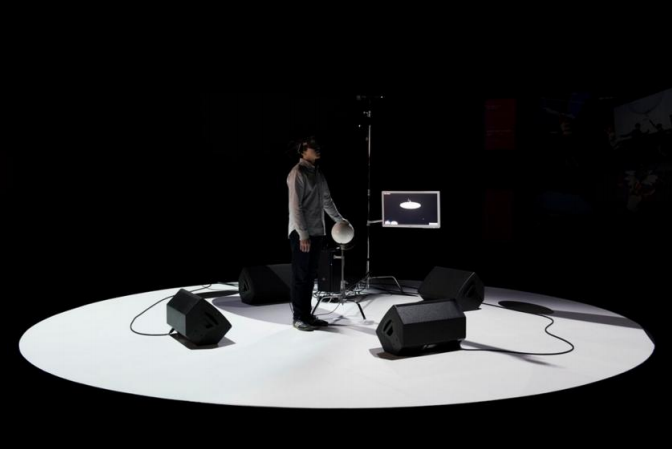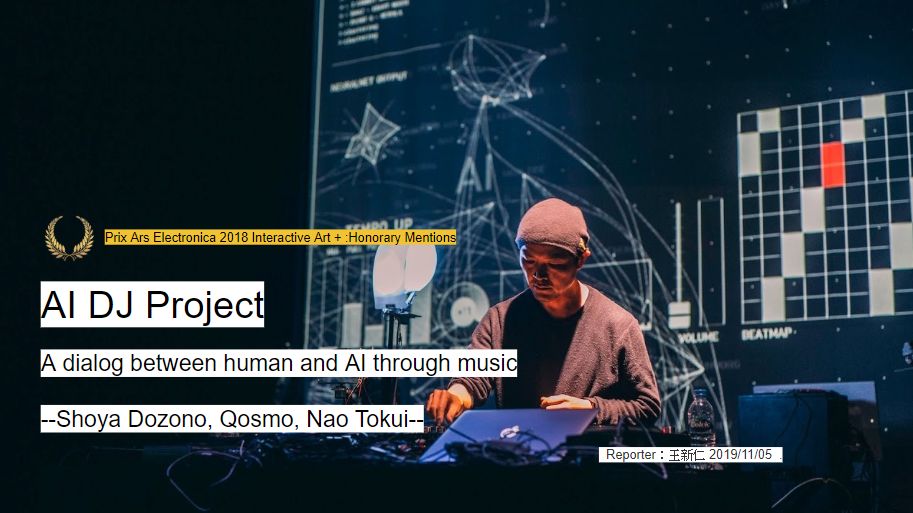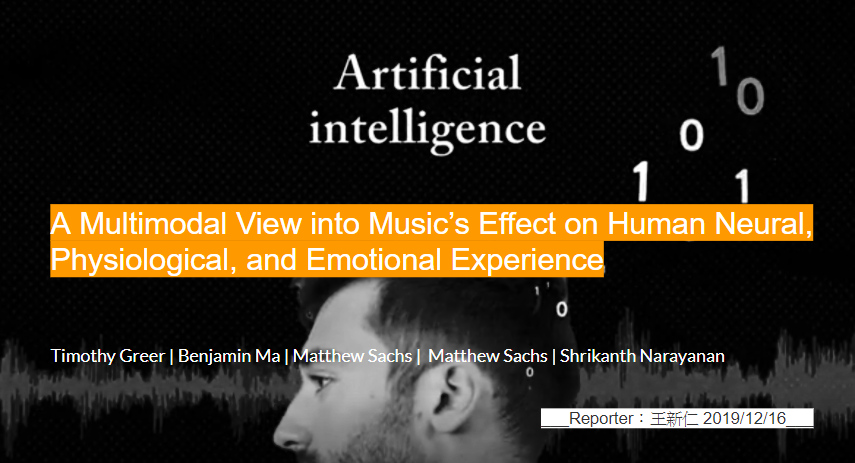
報告者:王新仁
報告:https://docs.google.com/presentation/d/14eGTUsCWuHmlNyGR3lewmYig1l3g4czjuqfsy1bz70I/edit#slide=id.p
文獻題目:A Multimodal View into Music’s Effect on Human Neural, Physiological, and Emotional Experience
文獻作者:
Timothy Greer, Benjamin Ma, Matthew Sachs, Assal Habibi, Shrikanth Narayanan
文獻來源:ACM Multimedia 2019 ACM MM’19
摘要:
Music has a powerful influence on human experience. In this paper, we investigate how music affects brain activity, physiological response, and human-reported behavior. Using auditory features related to dynamics, timbre, harmony, rhythm, and register, we predicted brain activity in the form of phase synchronizations in bilateral Heschl’s gyri and superior temporal gyri; physiological response in the form of galvanic skin response and heart activity; and emotional experience in the form of continuous, subjective descriptions reported by music listeners. We found that using multivariate time series models with attention mechanisms are effective in predicting emotional ratings, while vector-autoregressive models are effective in predicting involuntary human responses. Musical features related to dynamics, register, rhythm, and harmony were found to be particularly helpful in predicting these human reactions. This work adds to our understanding of how music affects multimodal human experience and has applications in affective computing, music emotion recognition, neuroscience, and music information retrieval.
